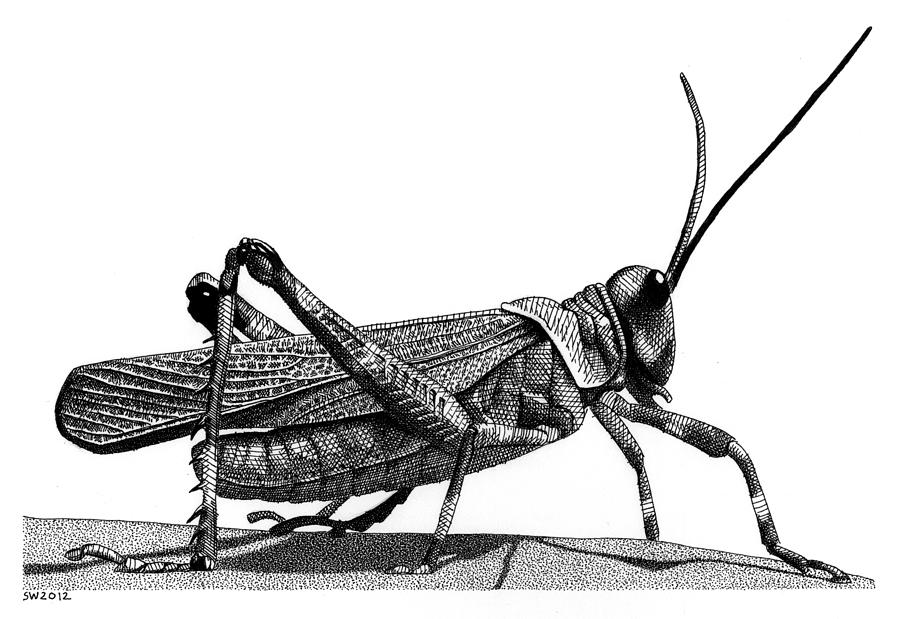Kris Ringwall, North Dakota State University Extension | Updated: 09/12/2014
Drover's Cattle Network
Now is a good time to look at the bull pen, even though it probably is empty. In fact, one would have to wonder why if there is a bull in the pen.
For many, the bulls are left on pasture and rounded up with the cows and calves as fall progresses. Throughout the summer, various bulls are moved around or brought home. In some cases, they are injured. In other cases, they simply won’t stay in the pasture. Wandering bulls are a liability and don’t make for good neighbor relations.
Although the weather is very dry in places or sopping wet in others, fall followed by winter is quickly approaching, so thoughts of feeding cattle, especially bulls, come to mind. What is the reason for feeding cull bulls? For the most part, the quicker the bulls go to market, the less stress.
As producers prepare to round up cattle, a change in management is triggered by a change in weather, usually snow. As colder weather sets in, grass may not be actively growing and feed resources are quickly utilized. As fall work becomes more pressing, the most neglected group often is the bulls. The bulls usually are pulled from the cows and placed in an out-of-the-way place for the remainder of the season.
Bulls often are the last group of cattle brought home for winter feeding because most of the attention and time is placed on the freshly weaned calves, calves in the backgrounding lots or sorting cows.
However, don’t ignore the bulls. On one of those less than busy days, review the bull herd. Rather than keeping problem, inferior or old bulls through the winter, give some thought to marketing the culls.
Reviewing the inventory of bulls is a wise move. How many of those bulls will be needed or used next year? The Dickinson Research Extension Center needs 18. However, a quick review of needs for the spring of 2015 would indicate extra bulls are needed. The center did reserve three bulls in May as backups but can look at not overwintering all the bulls.
Why maintain bulls you don’t need? Cull the obvious bulls to start the process. Although none of the bulls have obvious male reproductive problems, now is a good time to check for other abnormalities or injuries that may have occurred during the breeding season. Bulls with behavioral and structural problems should go to town. Also, a review of the expected progeny difference values should be done to scrutinize for future issues.
However, one of the biggest issues is temperament. As the bulls get older, they develop pretty strong territorial boundaries and can become difficult to move. With the replacement price of bulls, one tends to think twice before marketing a bull, but with excellent cull prices, bulls can bring more than $3,000 as market beef. That certainly will put some money in the bank for a replacement bull this coming winter.
The center’s bulls still are breeding in early to mid-September, but come October, they are pulled and have some restful months ahead. The bulls should gain about a pound a day as they rest, so they will add about 300 pounds to their mature weight.
Searching for the nutrient requirements of beef cattle on the Web, I came upon the Oklahoma State University publication “Nutrient Requirements of Beef Cattle” by David Lalman. It notes the nutrient requirements for a bull that is predicted to weigh 2,000 pounds as a mature bull.
To get to that weight, a bull that weighs 1,400 pounds and is gaining 0.5 pound a day needs a daily intake of 31 pounds of dry matter (hay or grass) that is 7 percent protein and 50 percent total digestible nutrients (TDN). If those same bulls were to gain 1.7 pounds a day, their daily intake would need to increase to 32 pounds of a higher-quality ration. It would contain the same crude protein level, but the energy content of the ration would need to increase to 60 percent TDN.
A grain-based supplement would need to be added or some very high-quality forage would need to be found. Those feed resources should be available this year. However, is the bull worth keeping for another year?
Because a good selection of young yearlings will be available next year, those bulls that are struggling to gain and recover from the breeding season should be sold. In addition, as with any management decision, one has to weigh the present genetic value of the sound bulls versus what the anticipated price will be for replacement bulls next spring, as well as their genetic value.
Can one buy better genetics? How are your bulls doing? Have some to sell?
May you find all your ear tags.





